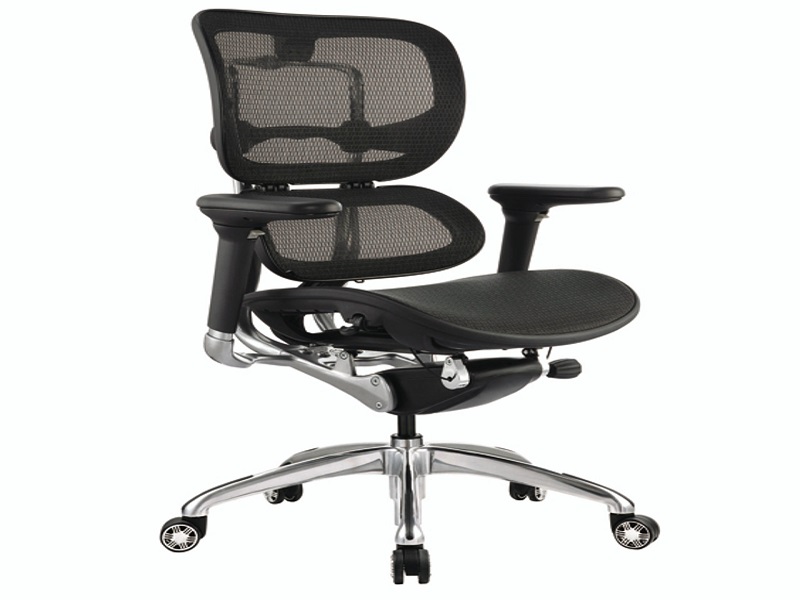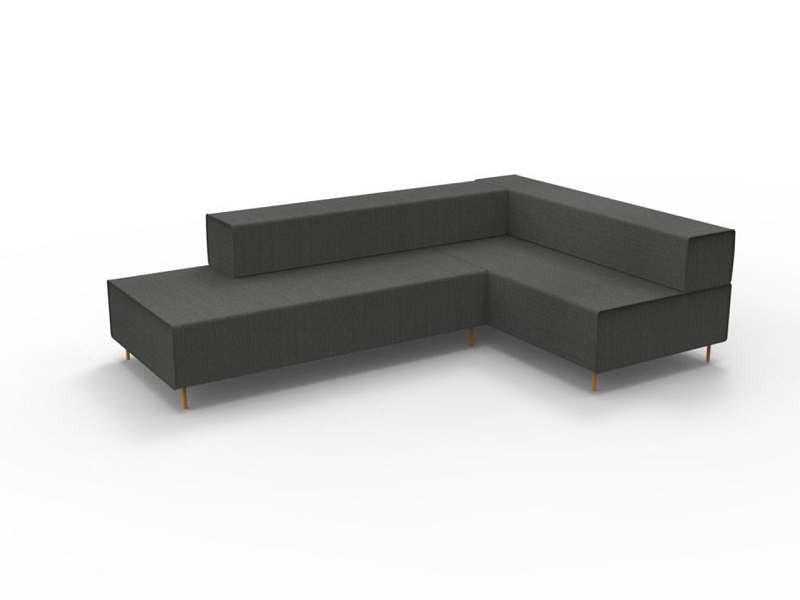Ergonomic Essentials: Creating a Health-Conscious Workspace for Your Team
Posted by The Urban Hyve Team on 3rd Jul 2024
In today's fast-paced work environment, creating a workspace that prioritizes employee health and well-being is essential for fostering productivity, creativity, and overall job satisfaction. Ergonomics, the science of designing the workplace to fit the needs of the worker, plays a crucial role in ensuring that employees are comfortable, safe, and able to perform their tasks efficiently. In this article, we will explore the ergonomic essentials for creating a health-conscious workspace for your team.
1. Ergonomic Furniture
Investing in ergonomic furniture is the foundation of a health-conscious workspace. Ergonomic chairs with adjustable seat height, lumbar support, and armrests promote proper posture and reduce the risk of musculoskeletal disorders. Similarly, height-adjustable desks allow employees to alternate between sitting and standing positions; therefore, improving circulation and reducing the strain on their bodies.

Ergo1 Most Ergonomic Office Chairs - Executive Mesh Back Chairs
2. Proper Desk Setup
The layout of the desk plays a significant role in employee comfort as well as productivity. Key ergonomic considerations include positioning the monitor at eye level to prevent neck strain, keeping the keyboard and mouse within easy reach to avoid overreaching, and maintaining adequate legroom to support proper posture. Encouraging employees to organize their desk setup according to ergonomic principles can help prevent discomfort and injuries.
3. Task Lighting
Proper lighting is essential for reducing eye strain and fatigue. Task lighting, such as adjustable desk lamps or overhead lights with dimmer switches, allows employees to customize the brightness level according to their needs and preferences. Additionally, positioning light sources to minimize glare on computer screens helps maintain visual comfort and prevents headaches or eye fatigue during prolonged work periods.
4. Comfortable Flooring
The type of flooring in the workspace can impact employee comfort and safety. Opting for ergonomic flooring materials, such as anti-fatigue mats or carpet tiles with cushioned backing, provides support and reduces pressure on the feet, legs, and lower back when standing or walking for extended periods. Comfortable flooring contributes to overall well-being and productivity by minimizing fatigue and discomfort.
5. Organizational Tools
Clutter and disorganization can contribute to stress and hinder productivity. Providing employees with ergonomic organizational tools, such as adjustable monitor stands, cable management solutions, and desktop organizers, helps maintain a tidy and efficient workspace. By reducing visual clutter and promoting organization, these tools enhance focus and concentration, leading to improved performance.
6. Breakout Areas
Encouraging employees to take regular breaks and providing designated breakout areas for relaxation and rejuvenation are essential aspects of a health-conscious workspace. Breakout areas can include comfortable seating, natural lighting, and greenery to create a calming atmosphere where employees can unwind as well as recharge. Taking breaks throughout the day helps prevent burnout and enhances overall well-being.
7. Encouraging Movement
Incorporating opportunities for movement and exercise into the workday promotes physical health and also mental well-being. Encourage employees to take short walking breaks, stretch at their desks, or participate in active meetings or standing discussions. Additionally, providing access to ergonomic accessories such as stability balls or footrests encourages dynamic sitting and improves circulation.
8. Employee Education and Training
Educating employees about the importance of ergonomics and providing training on proper workstation setup and ergonomic best practices empower them to take control of their health as well as well-being in the workplace. Consider offering workshops, resources, or online tutorials to help employees understand ergonomic principles and also apply them effectively in their daily work routines.
In conclusion
Creating a health-conscious workspace for your team involves prioritizing ergonomic design principles and fostering a culture of well-being and support. By investing in ergonomic furniture, promoting proper desk setup, ensuring adequate lighting and flooring, providing organizational tools, offering breakout areas, encouraging movement, and providing employee education and training, you can create a workspace that promotes employee health, happiness, and productivity. Remember, a healthy workforce is a productive workforce.












